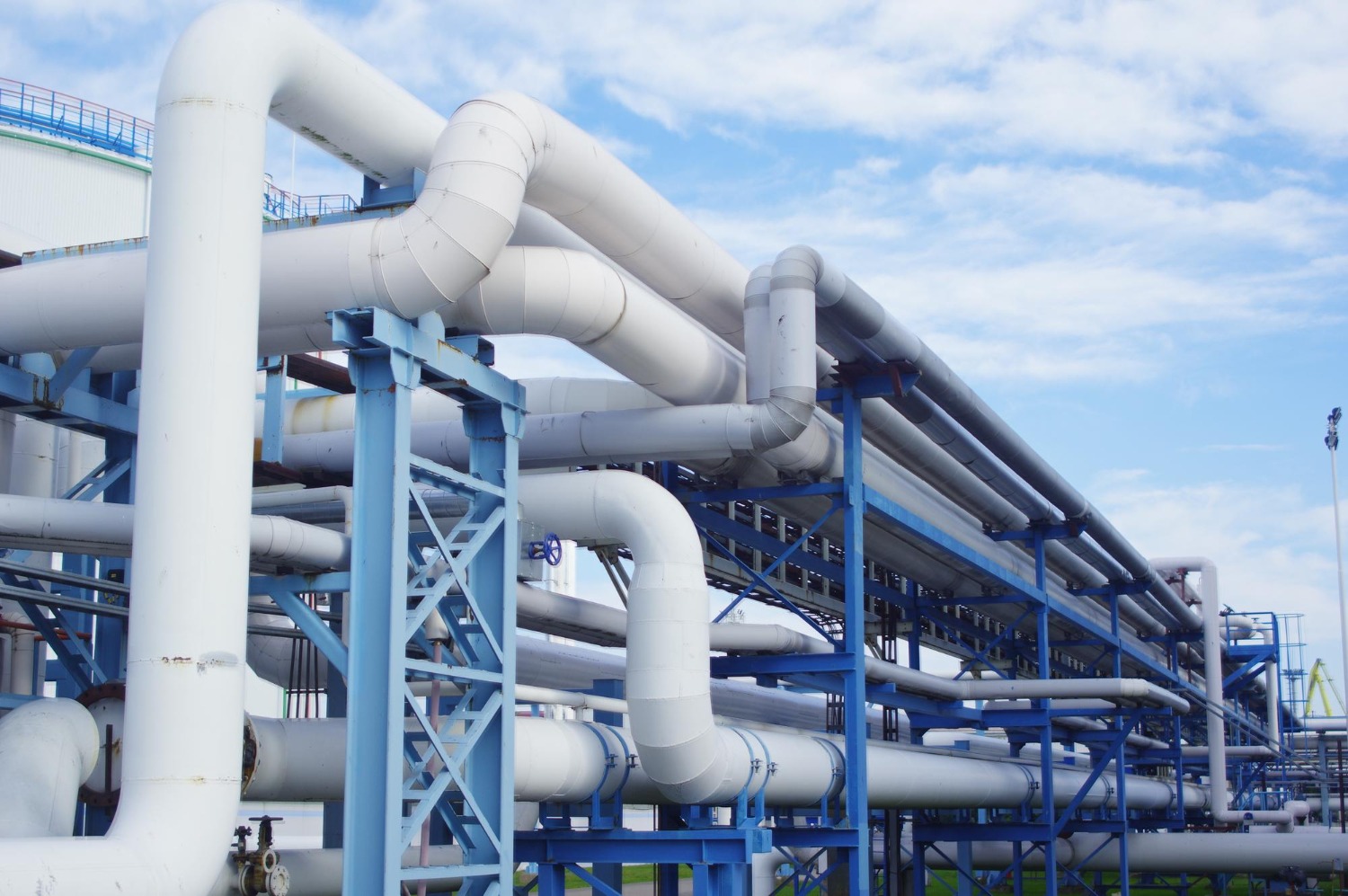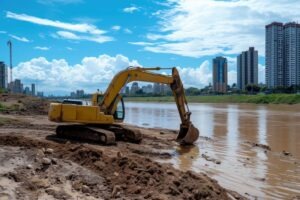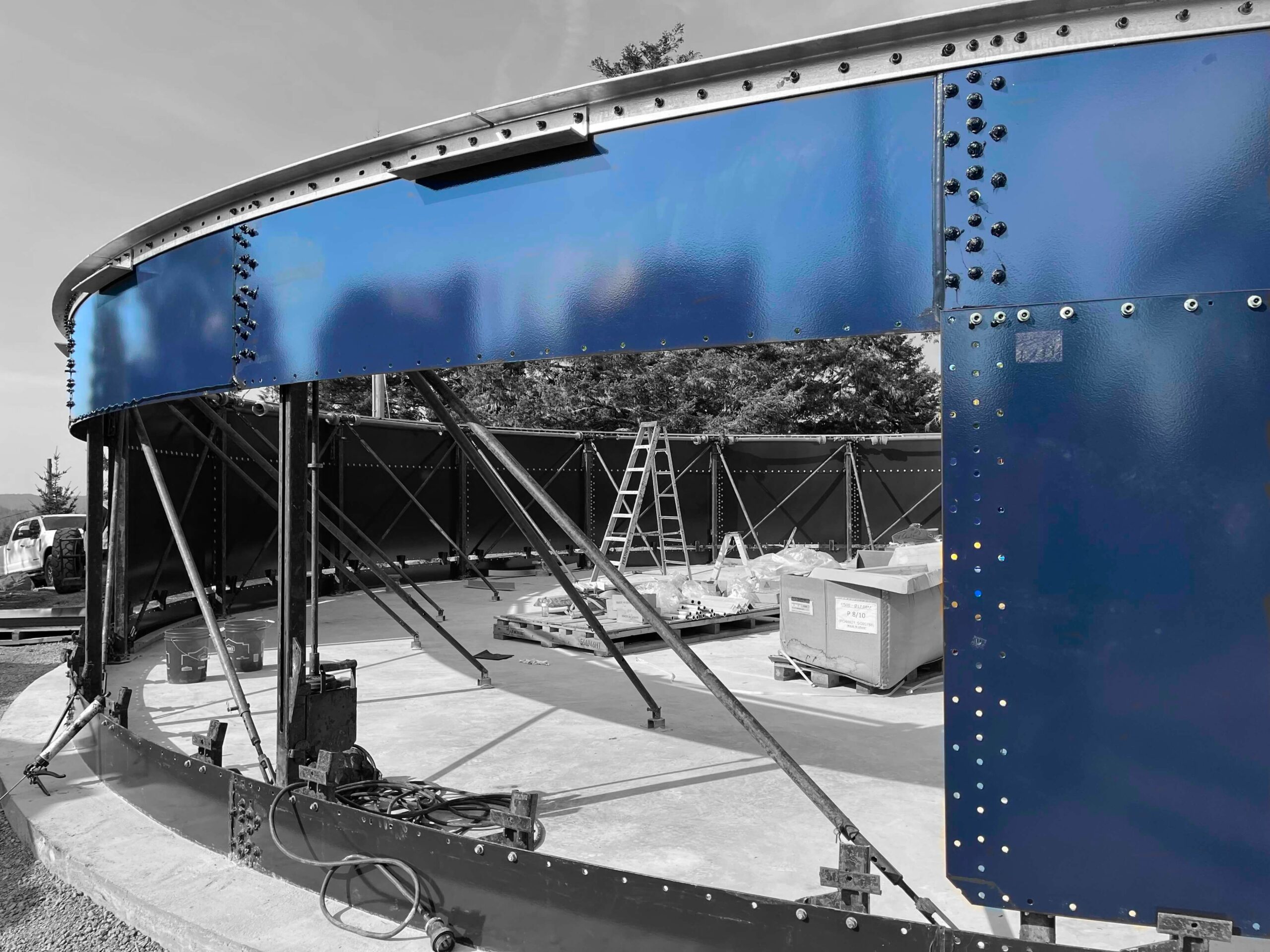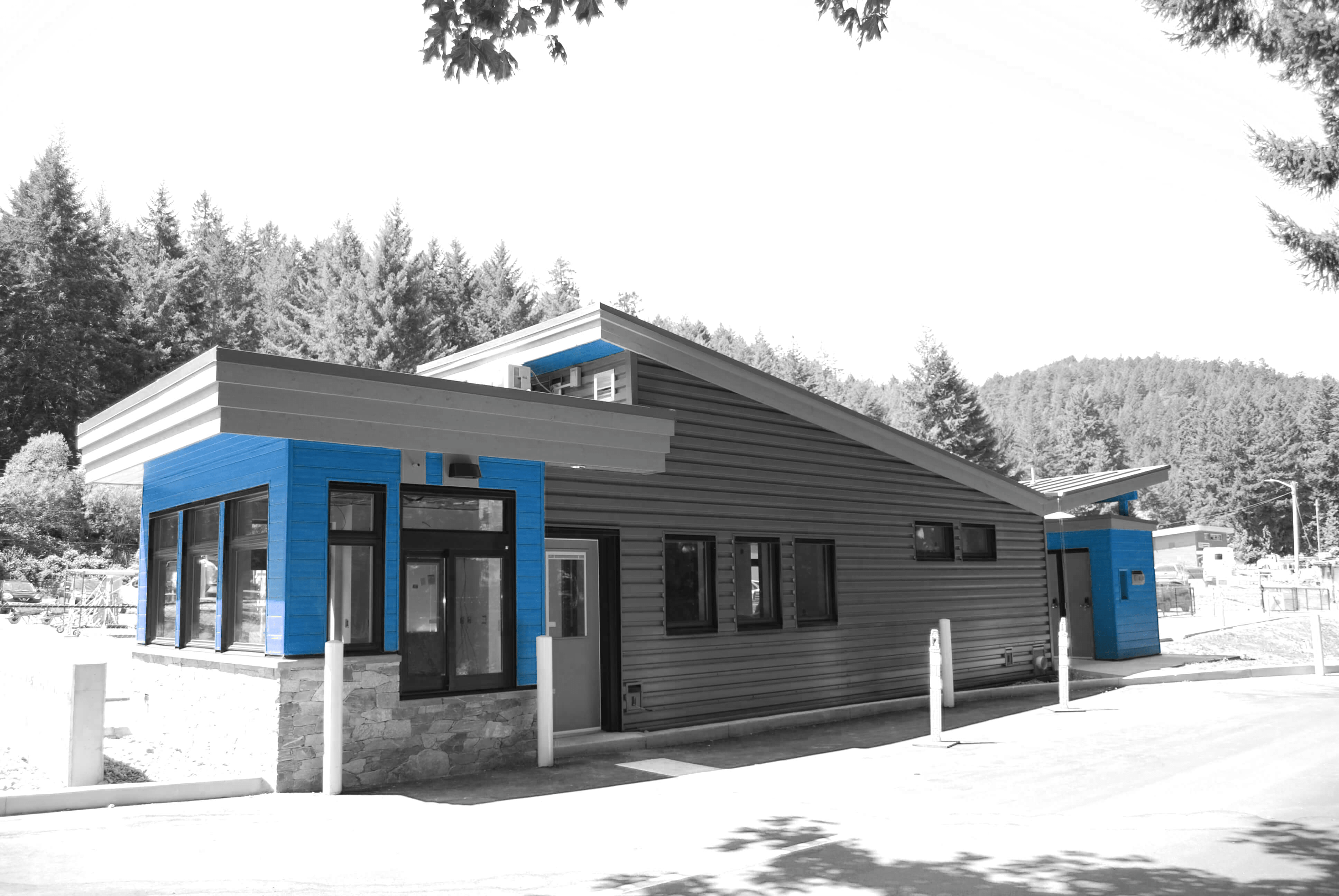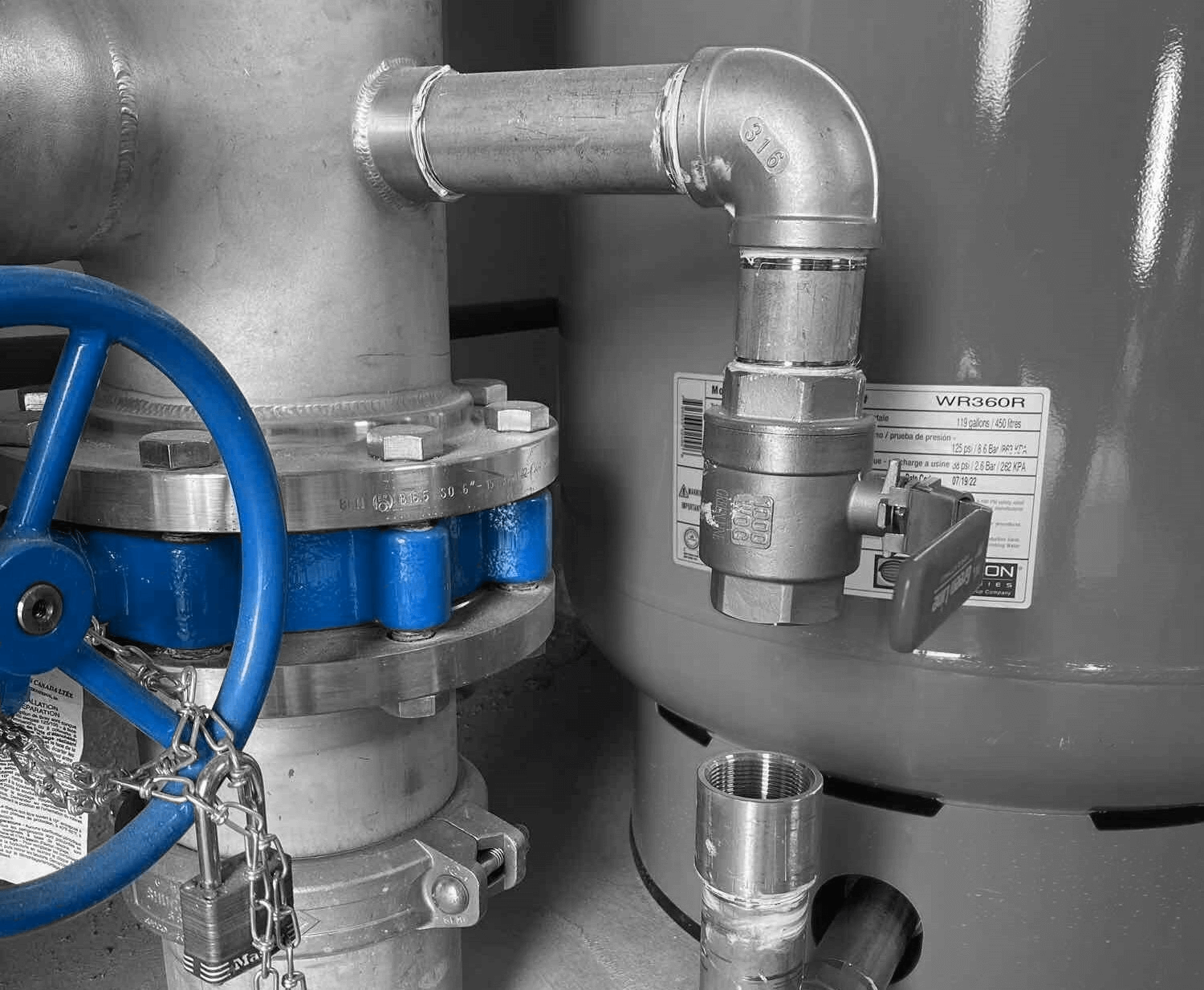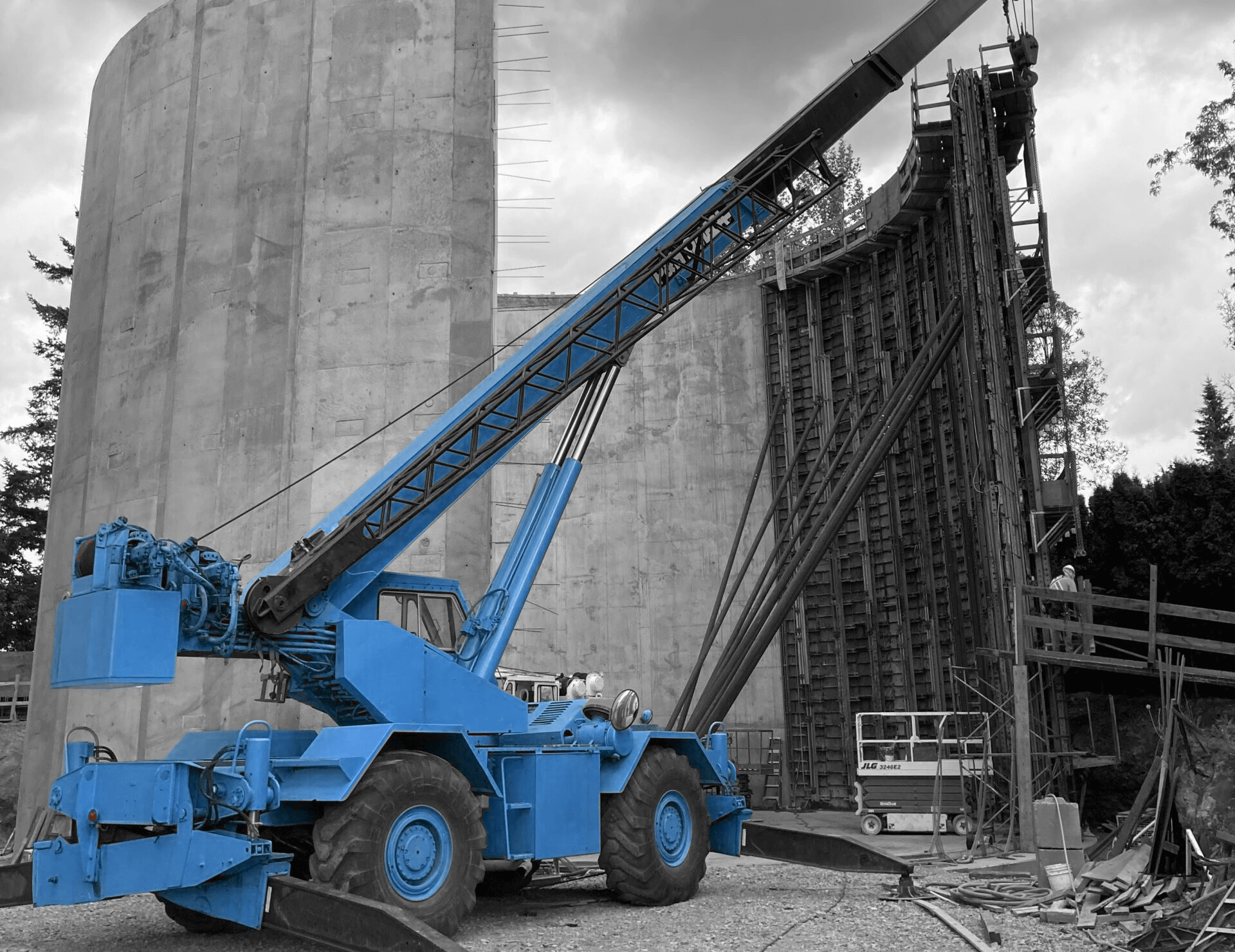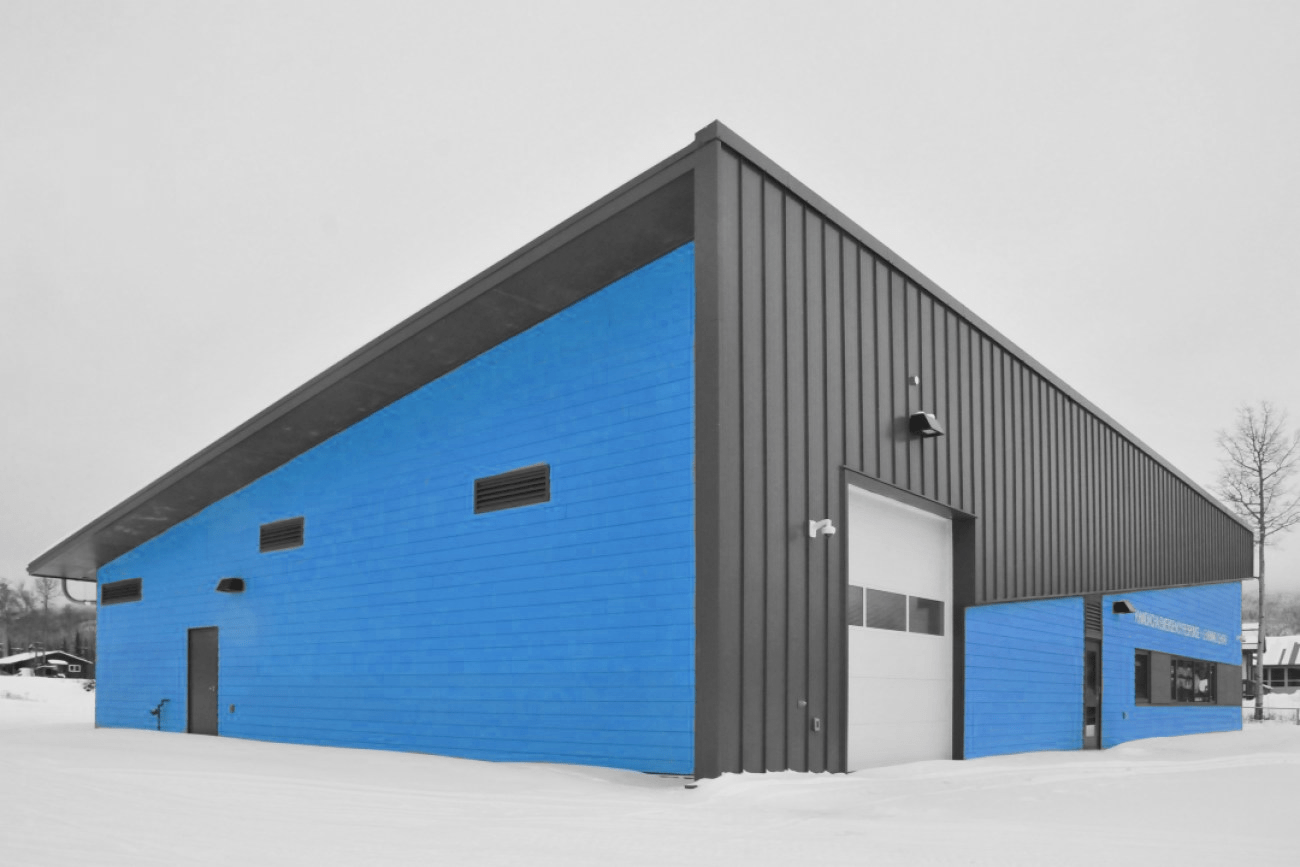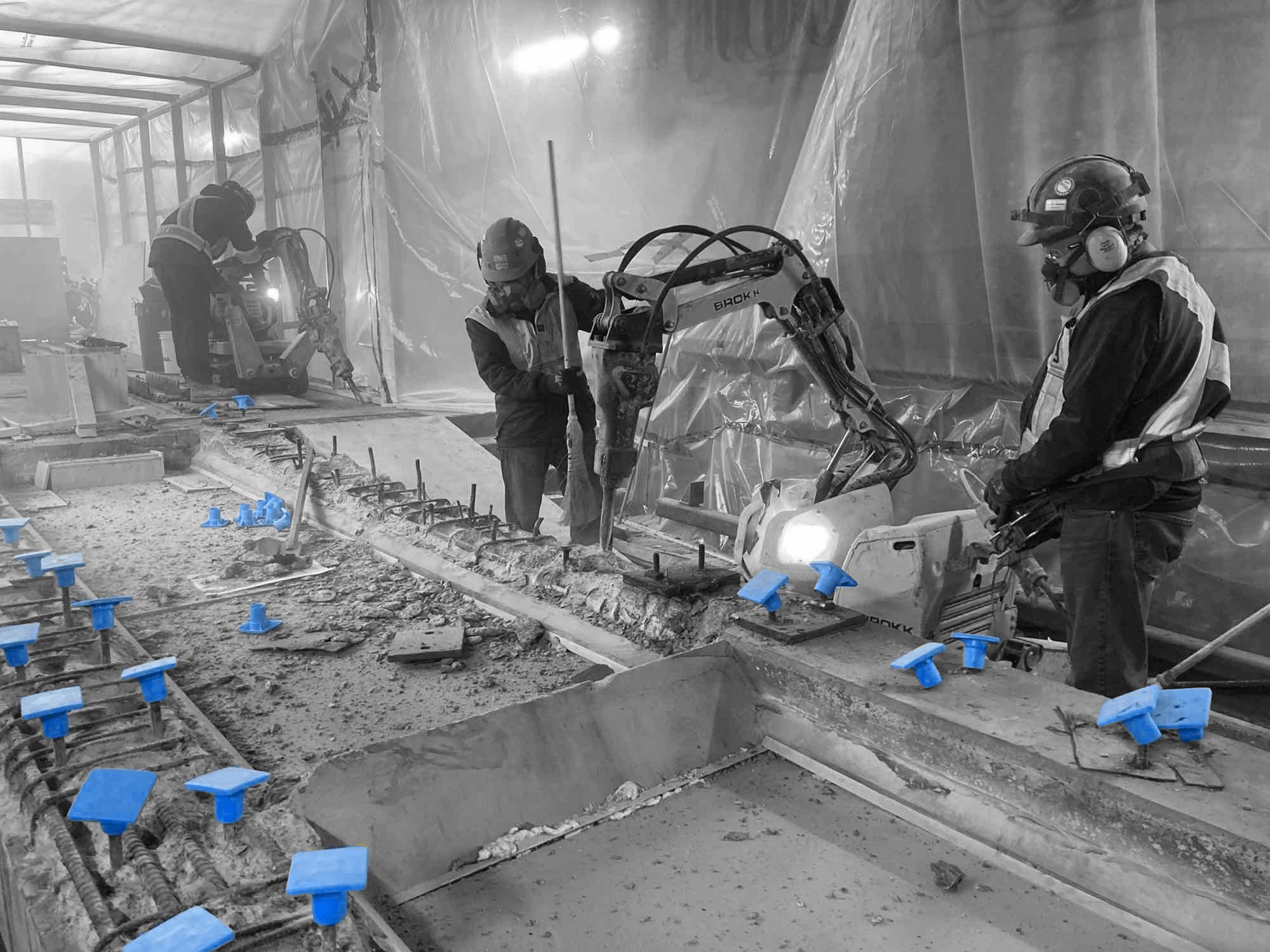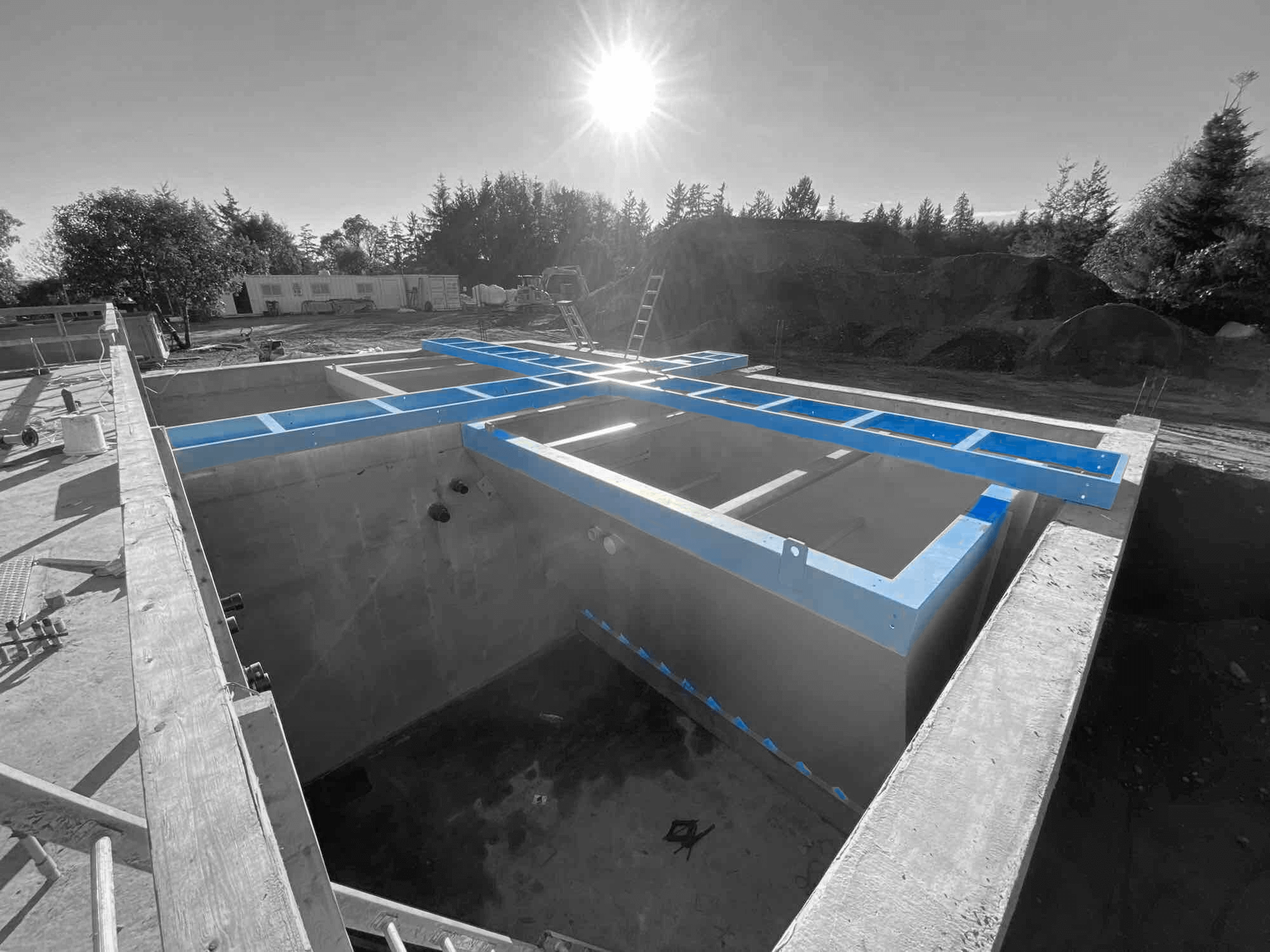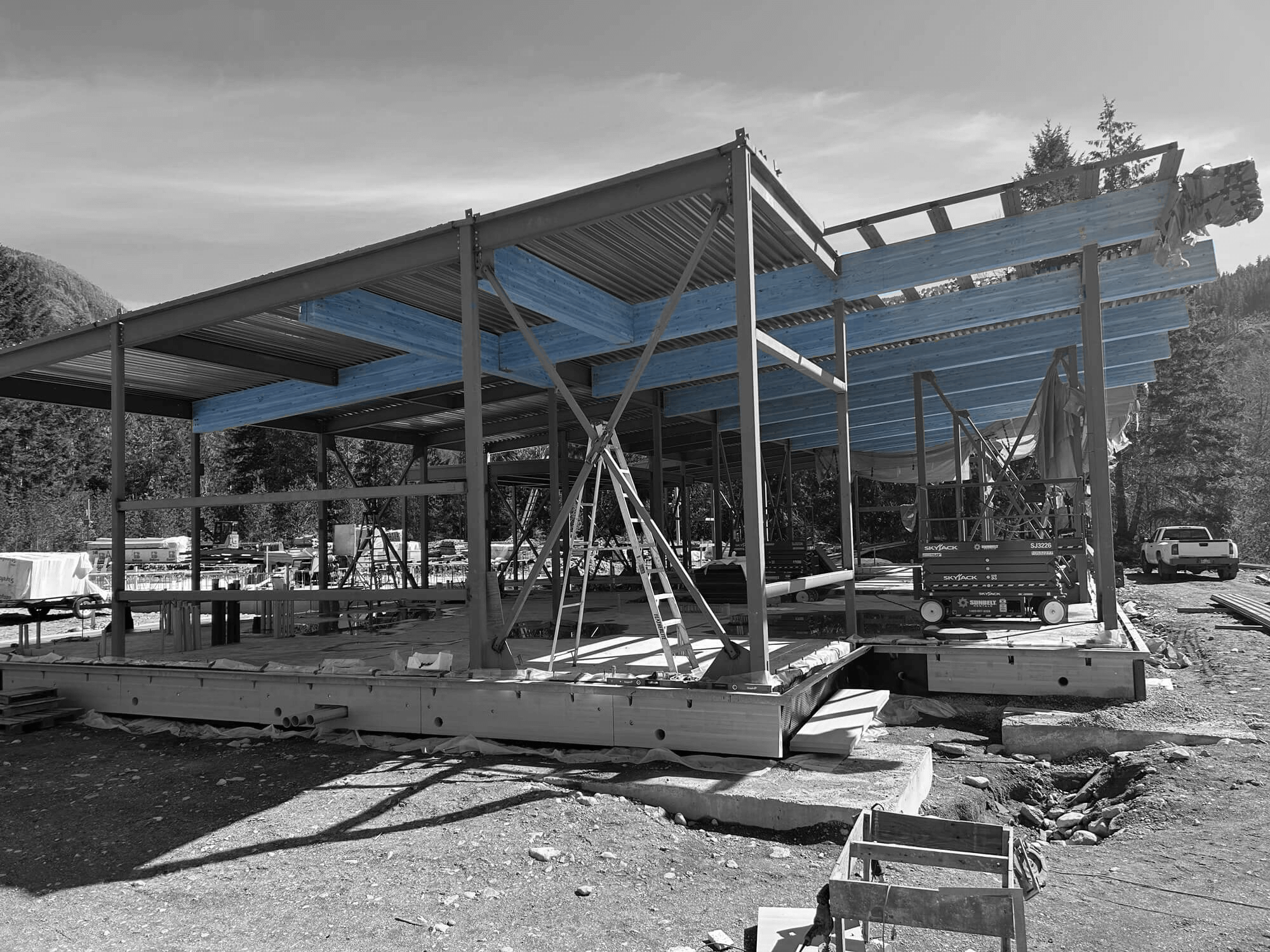Owning and operating a water treatment facility is key to ensuring clean and safe water reaches our communities. These plants play an important role in maintaining public health and supporting sustainable water systems. In places like Surrey, Mississauga, and Ontario, where water resources are precious, taking steps to maintain your facility properly can lead to prolonged operational lifespan and efficiency.
Maximizing the lifespan of a water treatment facility involves not just routine care but strategic upgrades and employee training. By focusing on these areas, facility operators can reduce unexpected costs and improve overall performance. When a plant runs smoothly, the community benefits from reliable water supply and quality.
Regular Maintenance
Regular maintenance is the backbone of an efficiently running water treatment plant. Scheduled inspections and routine maintenance checks help detect minor issues before they turn into significant problems, saving both time and money.
Consider these maintenance tasks for keeping your facility in top shape:
– Scheduled Inspections: Conduct regular walk-throughs to inspect all equipment. Check for wear and tear or anything out of the ordinary.
– Filter Cleaning: Regularly clean and replace filters to prevent clogs and ensure optimal water flow.
– Pump and Motor Checks: Ensure that pumps and motors are operating efficiently by listening for unusual noises and checking for vibrations.
– Chemical Level Monitoring: Regularly check and adjust chemical levels to balance water pH and effectiveness.
Regular maintenance not only helps in minimizing unforeseen repairs but also extends the life of the equipment. It’s much like taking your car for service; little check-ups prevent big headaches down the road. Keep a checklist handy and involve all staff members to ensure nothing is overlooked. Proper upkeep ensures a consistent and reliable operation, giving peace of mind and smooth facility management.
Upgrading Technology and Equipment
Technology plays a key role in maximizing the efficiency and lifespan of a water treatment facility. As innovations continue to emerge, taking the opportunity to upgrade older systems can significantly boost plant performance. This isn’t about change for the sake of change—it’s about optimizing processes and ensuring the highest quality water treatment.
Upgrading equipment can mean anything from installing automated monitoring systems to improve accuracy, to replacing outdated pumps with more efficient models. By investing in modern technology, you can enhance the plant’s capabilities and reduce the likelihood of breakdowns. For example, installing smart sensors can alert staff to issues before they develop into more severe problems, allowing for timely intervention.
Modernizing your facility not only helps in maintaining high safety and health standards but also aligns with environmental goals by reducing energy consumption and waste. As technology progresses, the benefits become even more apparent, making a strong case for regular updates.
Staff Training and Expertise
An efficient water treatment plant requires skilled staff that understand both the operations and maintenance of the facility. Continuous education and training ensure that the team is well-prepared to handle daily challenges and unforeseen issues.
Besides initial training, regular workshops and seminars can keep the team updated on the latest industry standards and technology advancements. This ensures they can make informed decisions and manage equipment effectively. Empowering staff with the right skills leads to improved facility performance and prolonged asset lifespan.
Engaging experienced industry professionals for training can be a valuable approach. This exposes your team to real-world situations and solutions, equipping them with the tools needed to excel in their roles. The focus should always be on building a knowledgeable team that works efficiently and confidently.
Addressing Wear and Tear
Recognizing the signs of wear and tear early can extend the life of your facility. Pipes, valves, and tanks all experience this over time, often showing signs like leaks, rust, or decreased efficiency.
Regularly monitoring these components helps identify issues before they escalate. Creating a proactive repair schedule allows you to address problems right away, minimizing disruption and ensuring continuous operation. This strategy not only saves money in the long run but also maintains a high standard of water quality.
Addressing wear and tear is a shared responsibility, involving all levels of staff. Encouraging everyone to report irregularities fosters a team culture of awareness and safety. Quick fixes and repairs can keep operations smooth and uninterrupted, preserving the integrity of the water treatment process.
Final Thoughts
Maintaining a water treatment facility involves regular check-ups, technological advancements, skilled personnel, and vigilant monitoring of equipment condition. With these measures, facilities can achieve long-lasting functionality and provide reliable service to communities. Emphasizing ongoing improvements and adaptations ensures the plant remains efficient and safe, supporting both environmental and community health goals.
Maximizing the lifespan of a facility doesn’t just happen on its own; it requires a blend of consistent care, strategic upgrades, and expert knowledge. If you’re considering the construction of a water treatment plant and want to ensure every element supports lasting performance, explore how Industra Construction Corp. can guide you. Discover more about our water and wastewater treatment services and learn how our expertise helps sustain efficient operations.


